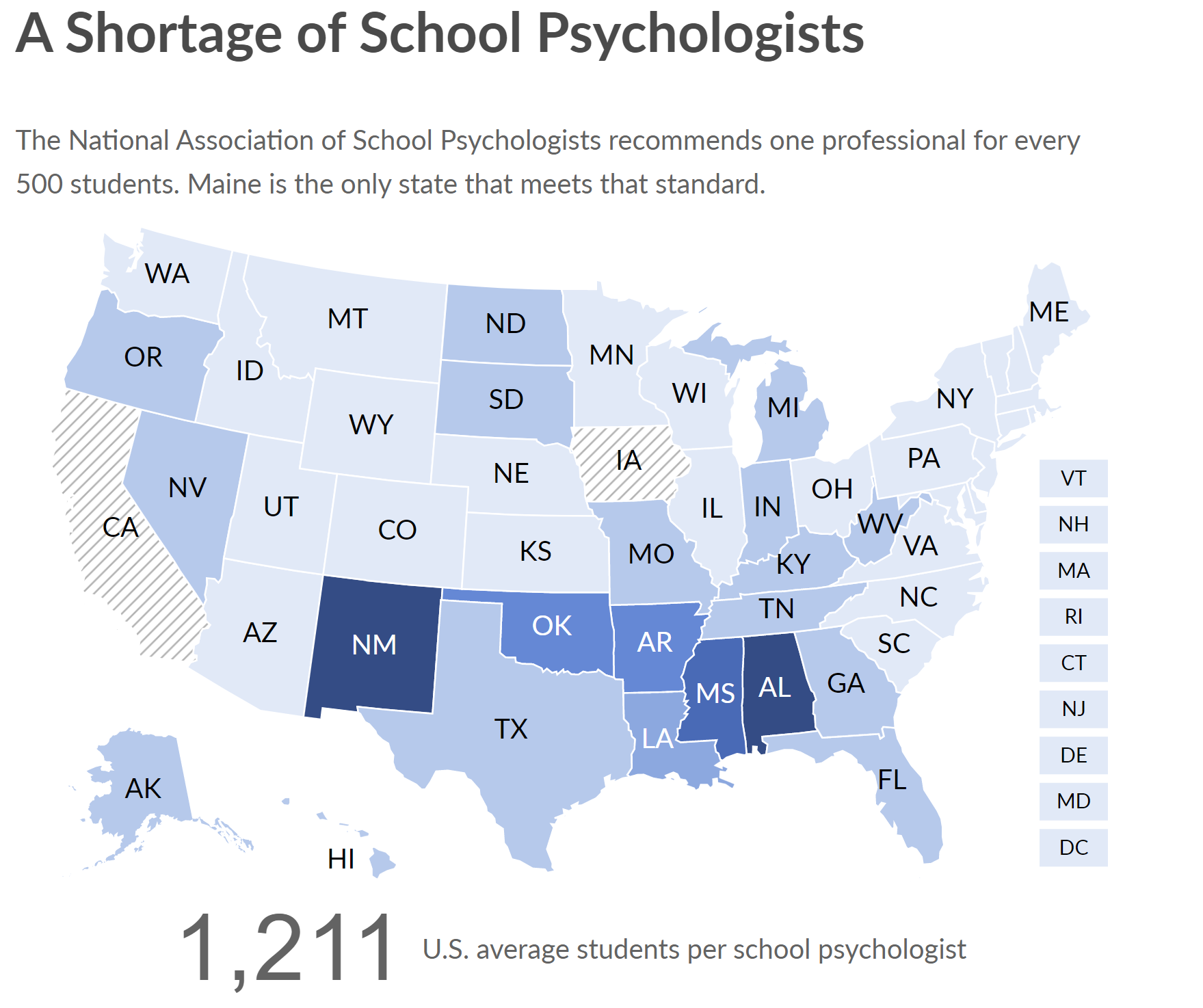What Are You Doing To Handle The Nationwide Staffing Shortage?
In 2019, there was a teacher and substitute teacher shortage all over the US. Teachers everywhere we considering alternative options or just leaving the profession. When asked, why various teachers stated. they were hanging on by a thread because they were exhausted, classroom sizes and method delivery altered due to Covid19, and there is a lack of support, “We are just burned-out.” The substitute pipeline has been dwindling as well, “Substitute teaching has long been recognized as the ideal part-time position for retired teachers. Many of those ex-teachers are in an age range that puts them at higher risk for COVID infections and many may have decided that the prospect of getting sick is no longer worth it..” (Chalkbeat, 2021)
Unfortunately, the 2020 pandemic was not just a little push. The pandemic disrupted every single industry in the nation and around the world. There is literally no industry or section of the globe that has not been affected by the pandemic. For the educational system in the United States and all other countries, the rules were literally changing day by day.
There is a Strain on Mental Health Resources
Mental Health Resources that were available to students were altered due to daily change. According to the Pew Research center, “After more than 18 months of school closures and social isolation, the nation’s more than 50 million public school children are mostly back at their desks. But two months into the fall semester, teachers and students already are saying they need a break.” Students were stressed, depressed, and faced grievances with the loss of loved ones. In many of our schools, we struggle to sustain the staff needed to support the demand of students who need help. Also, as the saying goes, “Teachers wear multiple hats” we weren’t prepared to help students or ourselves for that matter. To make things worse, “…emergency department visits for suspected suicide attempts among adolescents jumped 31% in 2020, compared with 2019. In February and March of this year, emergency department visits for suspected suicide attempts were 51% higher among girls aged 12–17 than during the same period in 2019.” (Pew, 2021) At many schools, we have noticed our needs have superseded our school capacity. We all need help.
Making things easier for your teachers
So what can a principal or school system do to make up for staffing shortages? The most effective way to handle a staffing shortage is to make it easier for teachers to teach. Pay them more, give them more money to buy materials, give them sick time and sick pay, and back them when they have an issue with the district, parents, or with other students. Discipline is only one small issue teachers have to face, but most teachers feel that there needs to be a unified school approach to support students. Another way to help teachers is to listen to their needs and support them when they speak up about their issues to higher-ups (Cornelius, 2018). Teacher are often expressing their need for innovative professional development and mentorship, try working with teachers to develop a coaching relationship. We at Ei360, one of our services is working with several leaders to practice their coaching skills so they can build trust with their teachers. Relationships go a long way and when leaders build bonds with their teaching staff it allows them to stay informed on the pulse of the school. Teachers work hard every day and once teachers feel valued and they trust that you truly care for them and have-their-back on issues they are more likely to stay.
Please Pay our Teachers
So when will the teacher shortage end? When the pandemic is over? It looks like that won't be the case. According to the latest job report put out by the US government, there are now 575,000 fewer educational jobs in 2021 than there were in 2020. Many jobs are no longer viable or safe due to the pandemic. But many of these jobs are teacher positions, substitute teachers, and teacher aids and it looks like many of them are not coming back (Pandey, 2021). The pandemic exacerbated many of the issues the educational system was already facing. Hopefully, we will pay teachers more but with every industry facing budget cuts, it does not look like that will happen anytime soon.
References
Cornelius, S. (2018, July 30). Understanding teacher shortage: 7 ways administrators can address staff retention and recruiting. Edmentum Blog. Retrieved January 4, 2022, from https://blog.edmentum.com/understanding-teacher-shortage-7-ways-administrators-can-address-staff-retention-and-recruiting
Covid Harmed Kids' mental health-and schools are feeling it. COVID Harmed Kids' Mental Health-And Schools Are Feeling It | The Pew Charitable Trusts. (n.d.). Retrieved February 24, 2022, from https://www.pewtrusts.org/en/research-and-analysis/blogs/stateline/2021/11/08/covid-harmed-kids-mental-health-and-schools-are-feeling-it
Pandey, E. (2021, November 15). America's teacher shortage will outlast the pandemic. Axios. Retrieved January 4, 2022, from https://www.axios.com/teacher-labor-shortage-outlast-pandemic-d0953fec-115a-4d19-82a9-6fed552f29f9.html
Stallings, W. (2021, October 26). The substitute teacher shortage we should have seen coming. Chalkbeat Chicago. Retrieved February 24, 2022, from https://chicago.chalkbeat.org/2021/10/26/22742334/substitute-teacher-shortage

